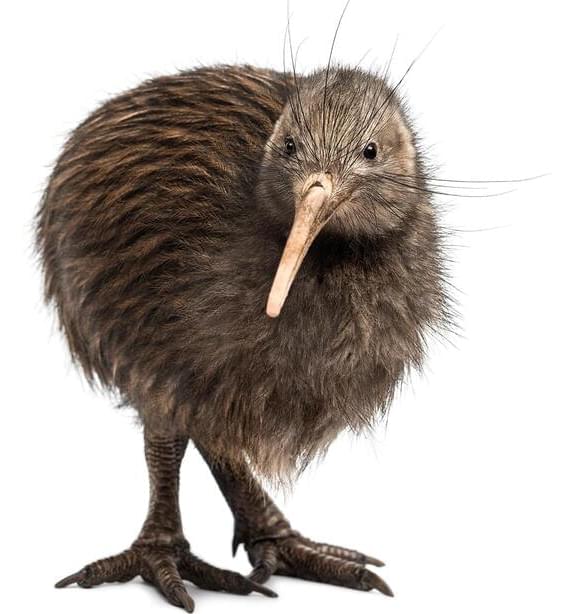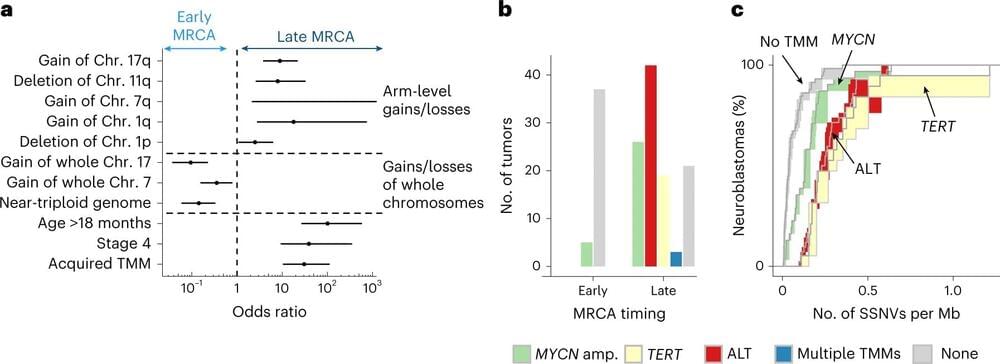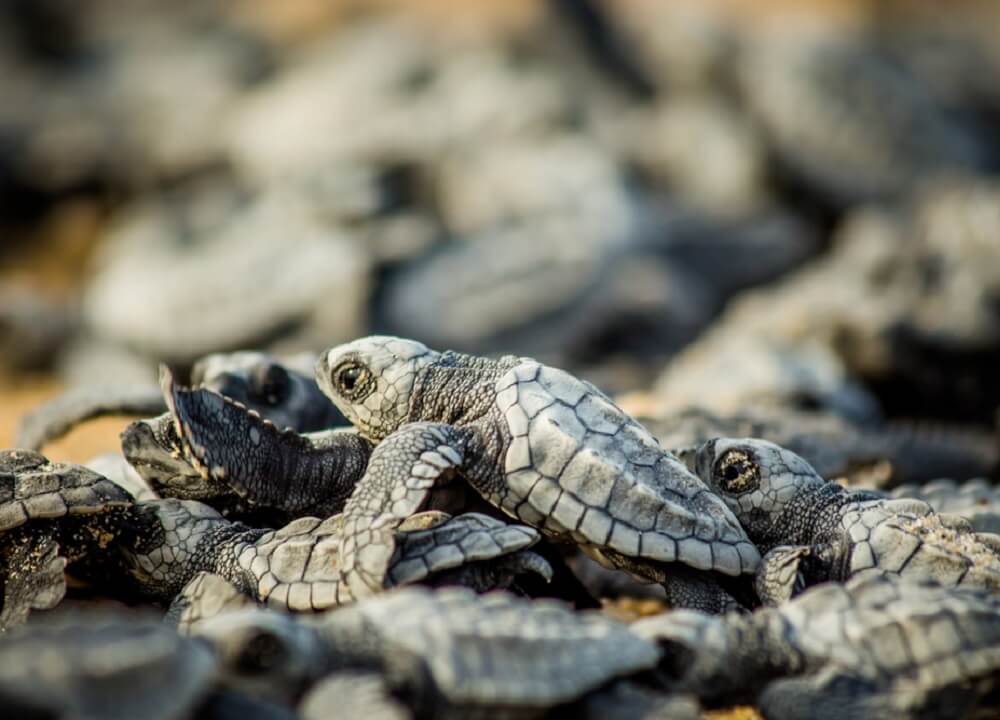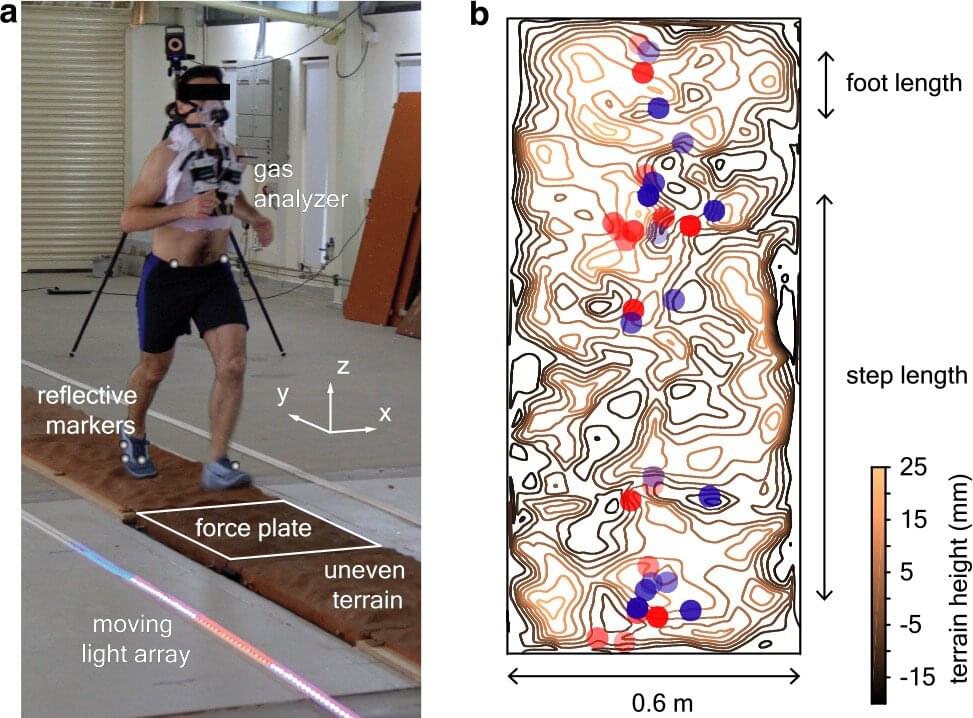Archive for the ‘evolution’ category: Page 55
Apr 11, 2023
How evolution made humans more like birds than other mammals
Posted by Dan Breeden in categories: evolution, neuroscience
To understand helpless human babies, our big brains and oddly involved dads, look to the evolution of birds not mammals by Antone Martinho-Truswell + BIO.
Apr 8, 2023
CARTA: Livesey-Primate Brain Development; Huttner-Neocortex Expansion; Kriegstein-Brain Expansion
Posted by Dan Breeden in categories: biotech/medical, evolution, neuroscience
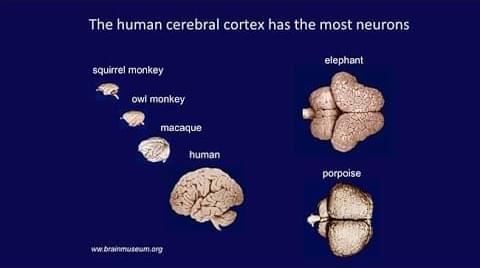
(Visit: http://www.uctv.tv/)
1:39 — Understanding Primate Brain Development Using Stem Cell Systems — Rick Livesey.
18:58 — Human-Specific Genes and Neocortex Expansion in Development and Evolution — Wieland Huttner.
37:17 — Cellular and Molecular Features of Human Brain Expansion and Evolution — Arnold Kriegstein.
The human brain is one of, if not the most important factor that distinguishes our species from all others. Three experts explore the use of stem cells in understanding the primate brain, genes that guided the evolution of the human brain, and the features that enabled the expansion of human neural characteristics. Recorded on 09/29/2017. Series: “CARTA — Center for Academic Research and Training in Anthropogeny” [11/2017] [Show ID: 32927].
Apr 2, 2023
Predicting neuroblastoma outcomes with molecular evolution
Posted by Shubham Ghosh Roy in categories: biotech/medical, evolution, genetics, mathematics
A research team led by the German Cancer Research Center in Heidelberg, Germany, has discovered that the genetic sequence of a tumor can be read like a molecular clock, traced back to its most recent common ancestor cell. Extracting the duration of tumor evolution can give an accurate predictor of neuroblastoma outcomes.
In a paper published in Nature Genetics titled “Neuroblastoma arises in early fetal development and its evolutionary duration predicts outcome,” the team details the steps they took in identifying a genomic clock tested against a whole genome sequenced population combined with analysis and mathematical modeling, to identify evolution markers, traceability and a likely origin point of infant neuroblastomas.
Cancer cells start out life as heroic healthy tissues, with the sort of all for one, one for all, throw yourself on a grenade to save your mates–type attitude that is taking place throughout the body every day. At some point, something goes wrong, and a good cell goes bad.
Humans have a different kind of intelligence that has evolved only once throughout the whole history of life. Thus, we wrongly believe that humans are the most evolved species, and other creatures are at lower levels of evolution. The reality is that under any conditions, only the fittest survive. The definition of ‘fittest’ differs in each environment and condition, and so do the means for the survival of the fittest.
Learn more about what banged, and was it big?
Mar 28, 2023
Associative learning in the cnidarian Nematostella vectensis
Posted by Saúl Morales Rodriguéz in category: evolution
The ability to learn and form memories allows animals to adapt their behavior based on previous experiences. Associative learning, the process through which organisms learn about the relationship between two distinct events, has been extensively studied in various animal taxa. However, the existence of associative learning, prior to the emergence of centralized nervous systems in bilaterian animals, remains unclear. Cnidarians such as sea anemones or jellyfish possess a nerve net, which lacks centralization. As the sister group to bilaterians, they are particularly well suited for studying the evolution of nervous system functions. Here, we probe the capacity of the starlet sea anemone Nematostella vectensis to form associative memories by using a classical conditioning approach. We developed a protocol combining light as the conditioned stimulus with an electric shock as the aversive unconditioned stimulus. After repetitive training, animals exhibited a conditioned response to light alone—indicating that they learned the association. In contrast, all control conditions did not form associative memories. Besides shedding light on an aspect of cnidarian behavior, these results root associative learning before the emergence of NS centralization in the metazoan lineage and raise fundamental questions about the origin and evolution of cognition in brainless animals.
Mar 27, 2023
Nonlinear evolution of the Weibel instability with relativistic laser pulses
Posted by Saúl Morales Rodriguéz in categories: evolution, particle physics
The Weibel instability is investigated using relativistic intense short laser pulses. A relativistic short laser pulse can generate a sub-relativistic high-density collisionless plasma. By irradiating double parallel planar targets with two relativistic laser pulses, sub-relativistic collisionless counterstreaming plasmas are created. Since the growth rate of the Weibel instability is proportional to the plasma density and velocity, the spatial and temporal scales of the Weibel instability can be much smaller than that from nanosecond large laser facilities. Recent theoretical and numerical studies have revealed that astrophysical collisionless shocks in sub-relativistic regimes in the absence and presence of an ambient magnetic field play essential roles in cosmic ray acceleration. With experimental verification in mind, we discuss the possible experimental models on the Weibel instability with intense short laser pulses. In order to show the experimental feasibility, we perform 2D particle-in-cell simulations in the absence of an external magnetic field as the first step and discuss the optimum conditions to realize the nonlinear evolutions of the Weibel instability in laboratories.
Mar 22, 2023
How runners stay upright on uneven terrain
Posted by Shubham Ghosh Roy in categories: evolution, mathematics
If you go running over a trail in the woods or a grassy field, there are countless bumps and dips in the terrain, each with the potential to trip you up. But typically, runners manage just fine. It’s a remarkable physical feat that we tend to take for granted. A team of researchers set out to better understand it.
With a specially made running track and mathematical modeling, the lab of Madhusudhan Venkadesan found that when running on uneven terrain, humans mostly rely on the body’s mechanical response for stability rather than consciously plot out their footsteps to find level ground. Further, they found that the runners were just as efficient in their movements and physical exertion as when running on flat ground. The results are published in eLife.
Even without occasional hazards like steep drops, runners must contend with gentler, but still uneven, ground that can be destabilizing. So why aren’t trails typically littered with toppled runners? One possibility is that visual cues allow runners to carefully observe the land to step on mostly level areas. On the other hand, running played a huge role in human evolution, particularly in how it benefited humans in hunting. That means sight cannot be devoted solely to find areas to step on; it’s also needed to watch out for the prey, trees or other obstacles to avoid, and decide which path to take.
Mar 21, 2023
Lab experiments suggest oxygen in early Earth’s atmosphere may have come from rocks
Posted by Saúl Morales Rodriguéz in categories: biotech/medical, evolution
A team of geochemists from the Chinese Academy of Sciences, working with colleagues from the University of Hong Kong, Tianjin University and the University of California, has found evidence that suggests much of the oxygen in early Earth’s early atmosphere may have come from rocks. In their study, reported in Proceedings of the National Academy of Sciences, the group conducted lab experiments involving crushing rocks, exposing the results to water and measuring reactive oxygen species that were emitted.
Prior research has shown that Earth experienced what has been called the Great Oxidation Event approximately 2.3 to 2.4 billion years ago. During this time, microbe numbers increased dramatically, as they released oxygen during photosynthesis. But prior research has also suggested that a common life ancestor existed before the Great Oxidation Event, which further suggests that there was some amount of oxygen exposure. In this new effort, the researchers suggest that such oxygen could have come from rocks interacting with water.
The work involved crushing samples of quartz and then exposing them to water, which replicates some of the conditions that existed on early Earth prior to the rise of high levels of oxygen in the atmosphere. Adding water to freshly crushed quartz, the researchers found, led to reactions between the water and newly broken crystals. This resulted it the formation of molecular oxygen along with other reactive oxygen species like hydrogen peroxide. Such species are also known as free radicals and they would have played an important role in the evolution of early life. This is because by damaging DNA and other cell components, the free radicals would have pressured early life to adapt.
Mar 18, 2023
Solving the paradox of how animals managed to evolve with bright colors without being eaten
Posted by Saúl Morales Rodriguéz in categories: evolution, food
A trio of evolutionary biologists, two with Carleton University, the other with Seoul National University, has apparently solved the paradox of aposematism—how animals managed to evolve with bright colors to warn predators of their toxic nature. In their paper study, published in the journal Science, Karl Loeffler-Henry, Changku Kang and Thomas Sherratt, conducted an analysis of the family tree of over 1,000 frog, salamander and newt species.
For many years, evolutionary biologists have puzzled over the seeming paradox of aposematism, in which animals such as frogs develop bright colors to warn potential predators that eating them will make them sick or even kill them. How could such colors have evolved? Animals that stand out tend to be the first caught and eaten, preventing the evolution of even brighter colors from occurring. In this new effort, the research team set out to solve this riddle.
The work involved analyzing the family tree of 1,100 species of frogs, salamanders and newts, looking for evidence of evolution of aposematism in a new way—by breaking them down into more categories than previous efforts—five instead of two: conspicuous, cryptic, partially conspicuous, fully conspicuous and polymorphic.

